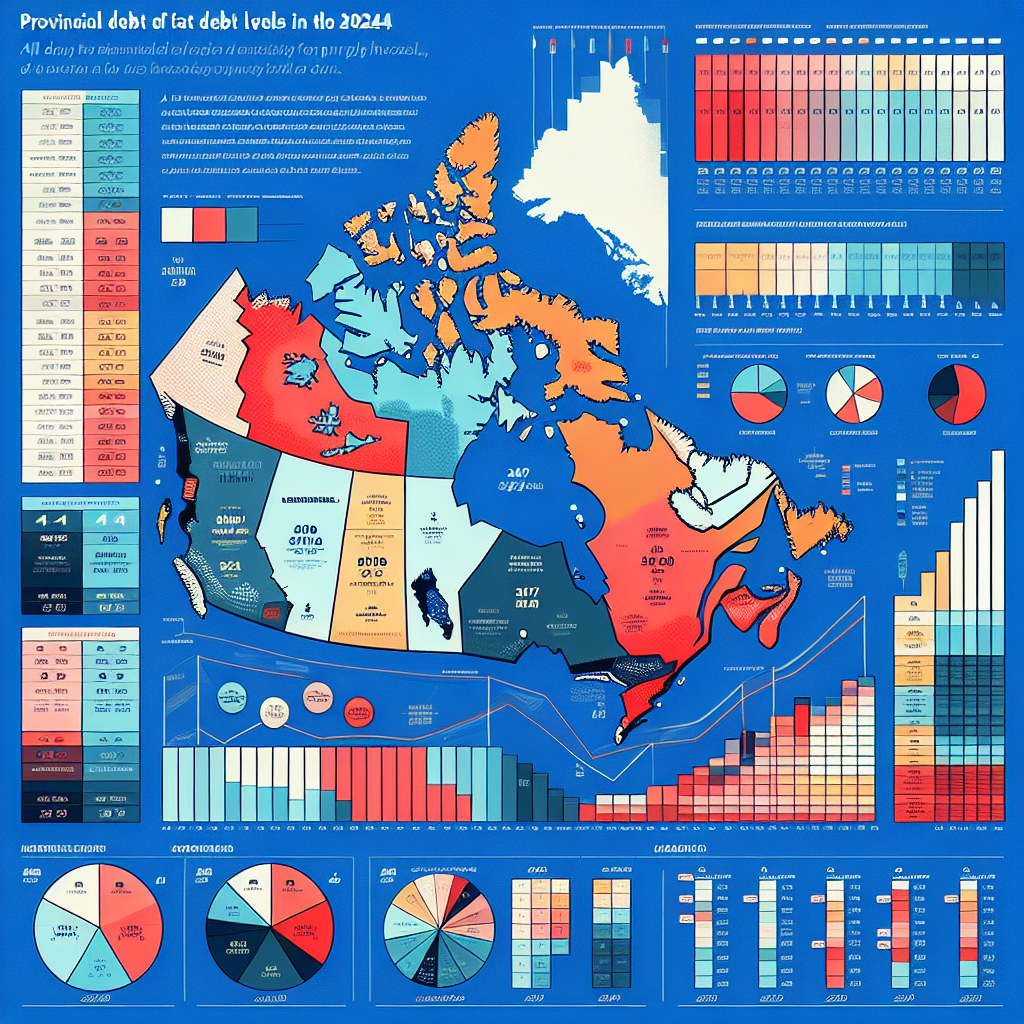===
As Canadian households brace for an uncertain financial landscape in 2024, debt servicing costs are poised to become a pivotal factor in household budgets. Rising interest rates combined with increased borrowing have many families feeling the strain on their resources. The reality is stark: as debt servicing costs for Canadian households continue to escalate, the financial well-being of many is at risk, triggering a cascade of challenges. This article delves into the intricacies of these costs, assessing their effects on family finances and providing expert-level insights to navigate this complex terrain.
Understanding the Impact of Rising Debt Servicing Costs in 2024
In 2024, many Canadian households will find themselves grappling with significantly higher debt servicing costs. The Bank of Canada’s monetary policies, particularly regarding interest rates, have led to a sharp increase in borrowing costs. As homeowners refinance their mortgages or take on new loans, the impact of these elevated costs is felt acutely. Analysis reveals that many families will allocate a larger portion of their monthly income to servicing debt, diminishing their capacity to save or invest in other crucial areas such as education or retirement funds.
The financial strain doesn’t just affect immediate budgets; it can also have long-term ramifications. Higher debt servicing costs can lead to an increased reliance on credit, resulting in a vicious cycle of debt that can be hard to escape. Families may find themselves prioritizing minimum payments over other essential expenses, such as healthcare or children’s education. This cascading effect could eventually translate into higher rates of personal bankruptcies and foreclosures, affecting not just individual households but the broader economic fabric of Canada.
To adapt to these rising costs, Canadian households may need to reevaluate their financial strategies. This includes assessing the viability of fixed versus variable interest rates, consolidating debts, or exploring alternative lending options. By making informed decisions, families can mitigate the negative impacts of rising debt servicing expenses, thereby safeguarding their financial futures.
Key Factors Influencing Canadian Household Debt Management Trends
Several underlying variables are shaping the debt management landscape for Canadian households in 2024. First and foremost is the state of the economy. Economic indicators such as inflation rates, unemployment figures, and consumer confidence levels play a crucial role in dictating borrowing behaviors. For instance, with inflation showing no signs of abating, households may feel pressured to maintain high levels of debt to sustain their purchasing power, thus further complicating their financial situations.
Another critical factor is the evolving regulatory environment. The Canadian government has enacted measures aimed at curbing excessive borrowing, including stricter lending criteria and increased stress-testing for mortgage applications. These changes can limit access to credit for those who may need it most, inadvertently forcing many to rely on high-interest alternatives such as payday loans. As households navigate these regulatory constraints, the focus on financial literacy and responsible borrowing becomes more essential than ever.
Technological advancements are also influencing debt management trends. Digital financial tools, budgeting apps, and automated savings platforms offer innovative ways for households to monitor their financial health in real-time. While these technologies can empower consumers to make more informed decisions, they also risk creating a false sense of security. Households must adopt a balanced approach, blending technology with traditional financial wisdom to effectively manage rising debt servicing costs.
===
The landscape for Canadian households in 2024 is undeniably complex, with rising debt servicing costs creating potential pitfalls for financial stability. However, with the right insights and strategies, families can navigate these turbulent waters with confidence. By understanding the factors influencing their financial health and taking proactive steps to manage their debts, households can work towards a more secure financial future. As you consider your own situation, remember that informed choices are your greatest ally in combating the challenges posed by escalating debt servicing costs. Stay vigilant, stay informed, and take control of your financial destiny today.
Analyzing the Impact of Inflation on Canadian Debt in 2024Analyzing Corporate Debt Trends in Canada: 2024 InsightsAnalyzing Household Debt Trends in Canada: 2024 OverviewRelevant LinkRelevant LinkRelevant Link



